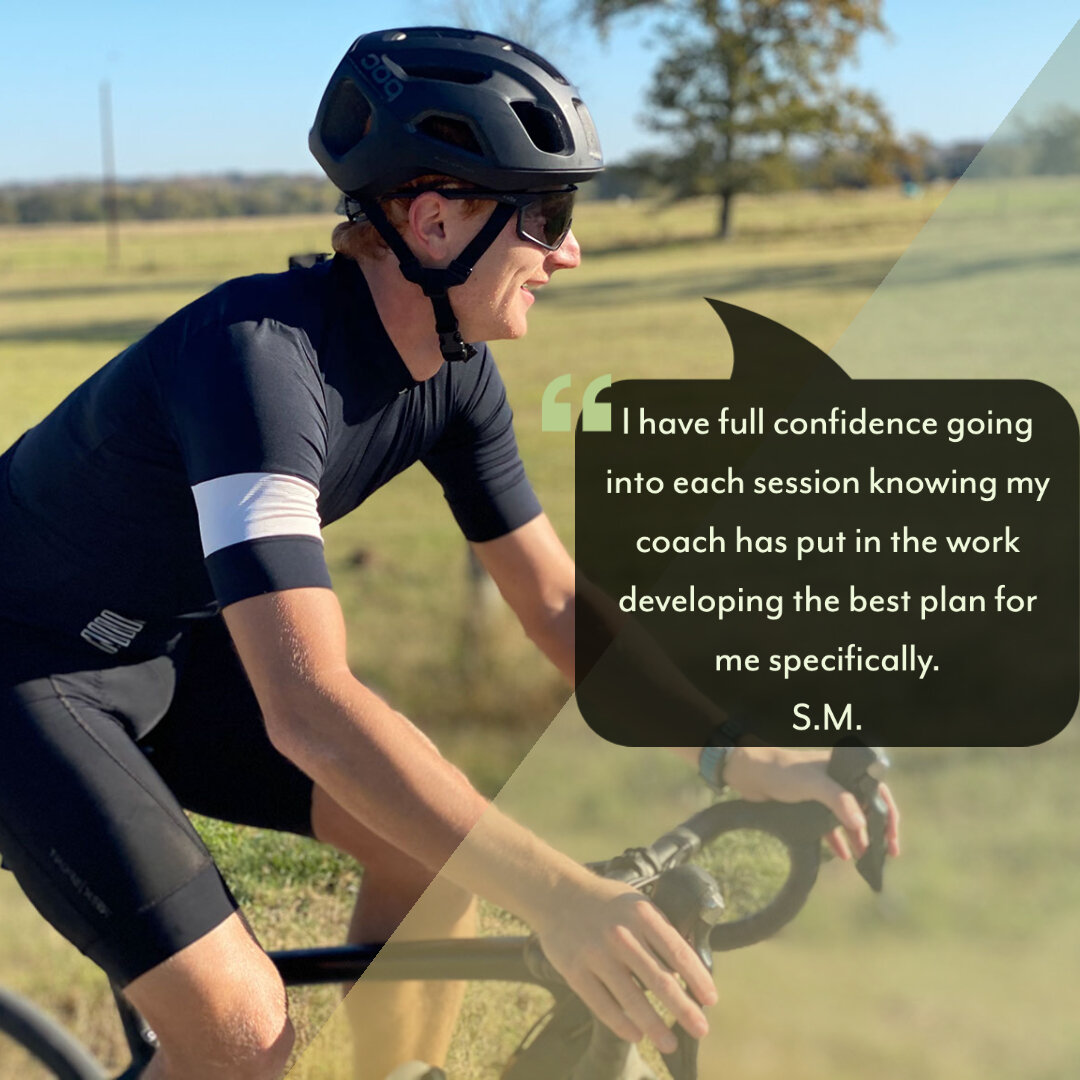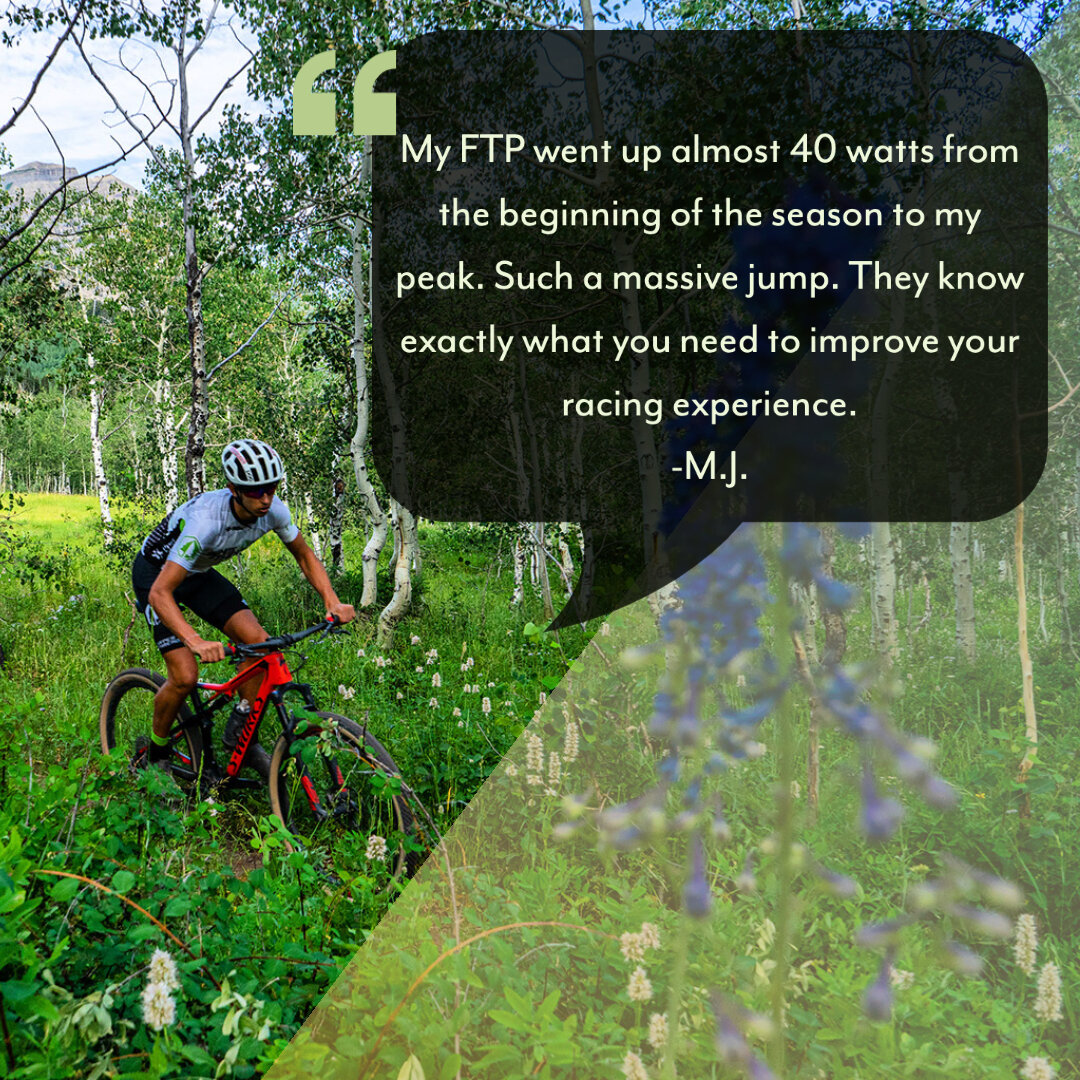BY CHAUNCEY CARROLL
You just kicked some serious booty in your training session. You’re feeling good, driving home, and starting to think about dinner. You’ve been trying your best to “eat clean” and been bringing great meal-prepped lunches to work. You walk in the door, head straight for the pantry, and BAM! Your boyfriend’s half opened bag of chips is front and center on the shelf. You think about it, tell yourself no, and close the pantry. You pop open the fridge to grab some of that rice you made on Sunday, wading through soda liters and a myriad of leftovers. Where is your rice?! You see leftover pizza in a clear gallon bag and think- “I’ll just have that small piece in there”. You eat it standing up while microwaving your rice and chicken. You grab a plate and dump the contents of the container. The portion looks small once you get it on the plate, so you go back to the fridge and add a few deli meat and cheese slices to fill it in. After cleaning up, you notice the leftover tin of paleo brownies you made on the counter. You don’t want them to go bad, and you’re still kinda hungry, so you grab one and eat it while watching the latest Netflix episode.
Sound familiar at all?
Our kitchen set up actually has a huge influence on what we end up eating every day. Even if we have the best of plans for what to eat or not eat, our dining environment can dramatically affect our food psychology. Food psychologists estimate we make over 200 food decisions every day- snack or no snack? Apple or tortilla chips? At my desk or with coworkers? All of it or some of it? These numerous, sometimes even unconscious, decisions can wear down our willpower and best intentions over the day. Research has discovered our willpower is expendable- we only have so much to use during the day. By rearranging our environment in evidence-based ways that promote the healthy choice as the easy choice, we make it easier to reach our goals without having to “grit it out” meal after meal.
Many of us eat when we’re not really that hungry because of environmental cues- someone else is eating it, we’re celebrating something, it’s “free,” it’s convenient, or it just looks really good.
And for most of us living in the United States, “portion distortion” has reengineered what we think of as a “normal” portion size due to restaurants, warehouse grocery stores, and even dinner plate and glass size. And then, most “healthy eating” education and diets are targeted towards sedentary people, and usually don’t take into account an athlete’s unique needs.
Many of us “mindlessly” eat on a daily basis. Even if we really decide to pay attention, we still often find ourselves somehow off track. Much of this has to do with our eating environments. “Out of sight, out of mind” really has been shown to help us avoid those temptations. Can you move that bag of chips to the bottom shelf? Or better yet- tape it shut and move it out of reach so you have to go through the inconvenience of getting it.







